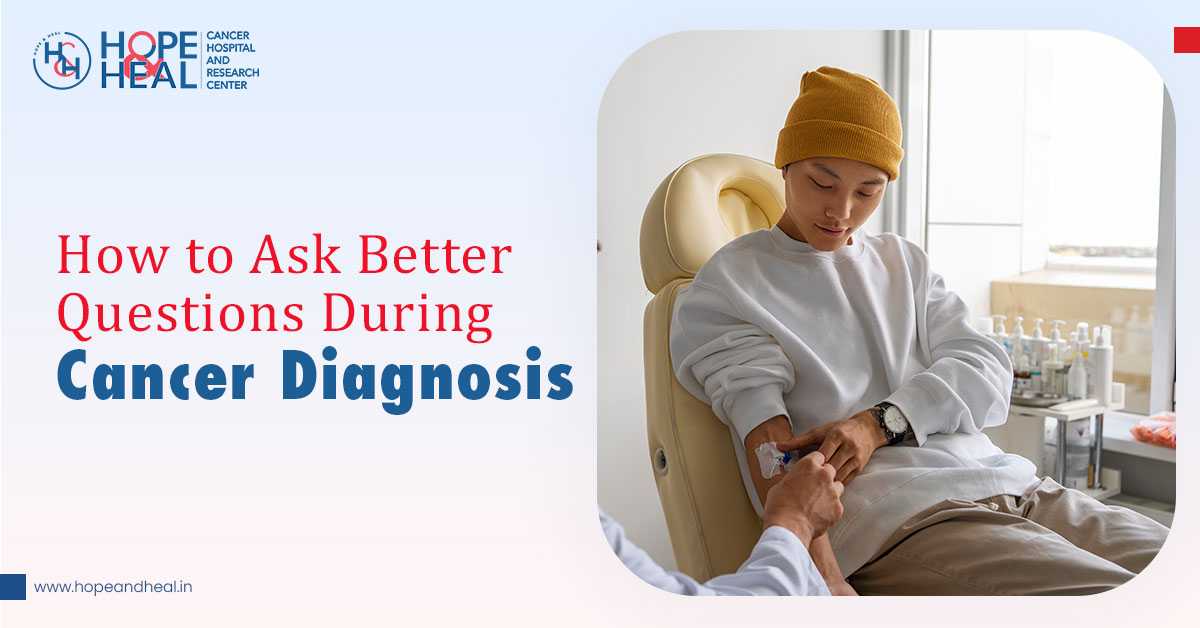Your liver is on the upper right side of your abdomen and above your stomach. It’s a football-sized organ in which malignant growth can form. More often, cancer spreads to the liver than begins in the liver. Metastatic cancer is what spreads to other parts of the body.
It can be the colon or lungs where the cancerous tumor forms and travels up to the liver. DNA mutations in healthy liver cells result in malignant growth in the liver. Talk to the best cancer specialist at the top oncology centre in Siliguri. Read on to get further insights.
Possible signs of liver cancer
Primary liver cancer that forms in the liver causes symptoms in an advanced stage, including:
- Loss of appetite
- Unintentional weight loss
- Weakness
- Fatigue
- Abdominal swelling
- Upper abdominal pain
- Nausea
- Vomiting
- White stools
- Jaundice
- Dark-coloured urine
If you notice certain signs, know that medical attention is needed. Such signs are not parameters of liver cancer. Just visit a doctor and talk about your symptoms. The medical assessment ensures the reasons for developing such signs. This blog talks about five risk factors for liver cancer. Have a read:
Cirrhosis
Also called hepatic cirrhosis, it‘s a late-stage liver disease marked by permanent liver damage. Once the healthy liver tissues get replaced by scarred tissues, rarely the condition can be reversed. Edema, fatigue, itchy skin, loss of appetite, easily bleeding/bruising, unintentional weight loss, spiderlike blood vessels on the skin, loss of sex drive in men, missing periods in women, jaundice, nausea, fluid buildup in the abdomen, confusion, are some common signs of cirrhosis.
Non-alcoholic fatty liver disease
As the name implies, fatty liver is the accumulation of fat in your liver not always associated with heavy drinking. Obesity is one of the most prominent reasons for NAFLD. Without medical attention, it can develop into a more serious condition, such as liver damage/cirrhosis. Type 2 diabetes, high blood pressure, insulin resistance, or high cholesterol might increase the risk of non-alcoholic fatty liver disease.
Chronic Infection With HBV
Hepatitis B refers to a liver infection that tends to last less than six months (acute). On the other hand, chronic hepatitis B increases the possibility of liver scarring, liver failure, or even liver cancer. Abdominal pain, jaundice, fever, loss of appetite, fatigue, weakness, dark urine, joint pain, nausea, and vomiting are common signs of hepatitis B.
Chronic Infection With HCB
It’s a viral infection that causes liver inflammation and liver damage. HCV spreads through contaminated blood. Weight loss, jaundice, fatigue, itchy skin, dark-coloured urine, bleeding/brushing easily, confusion, spider angiomas, poor appetite, and slurred speech are some signs of hepatitis C. HCV tends to begin as an acute condition and becomes chronic over time. Reach out to the best oncology centre in Siliguri.
Excessive Alcohol Consumption
Alcohol is a prominent risk factor for almost every disease. It may trigger a health condition; that can be possible. Heavy drinking damages the liver, causing liver inflammation and scarring of the liver. If you have an underlying liver condition, alcohol consumption can make it worse. Alcoholic liver disease includes stages like alcoholic fatty liver disease, alcoholic hepatitis, fibrosis, cirrhosis. And cirrhosis might result in liver cancer later on.
Steps you can take in order to prevent the risk of liver cancer include – avoiding alcohol consumption, and smoking, eating wholesome foods, maintaining body weight/BMI, managing an underlying health disease like diabetes, a heart-friendly diet, etc. Consult your healthcare provider today.




